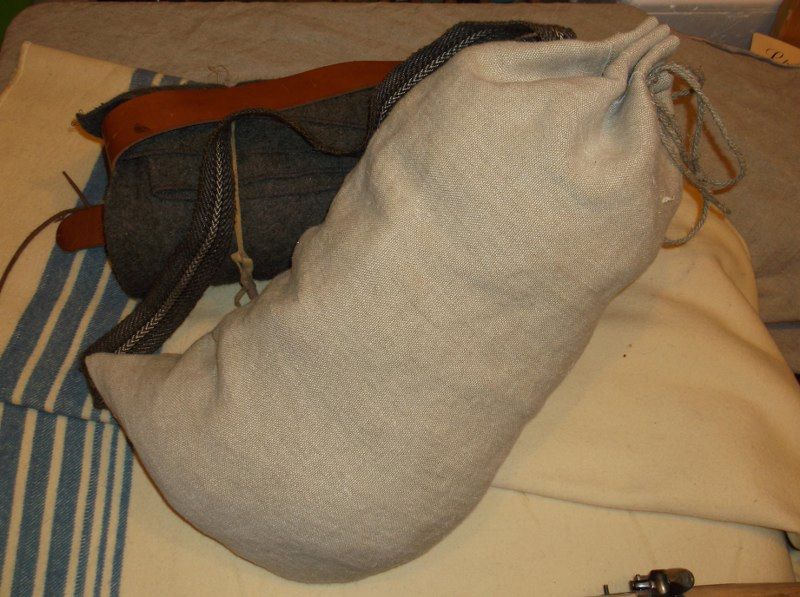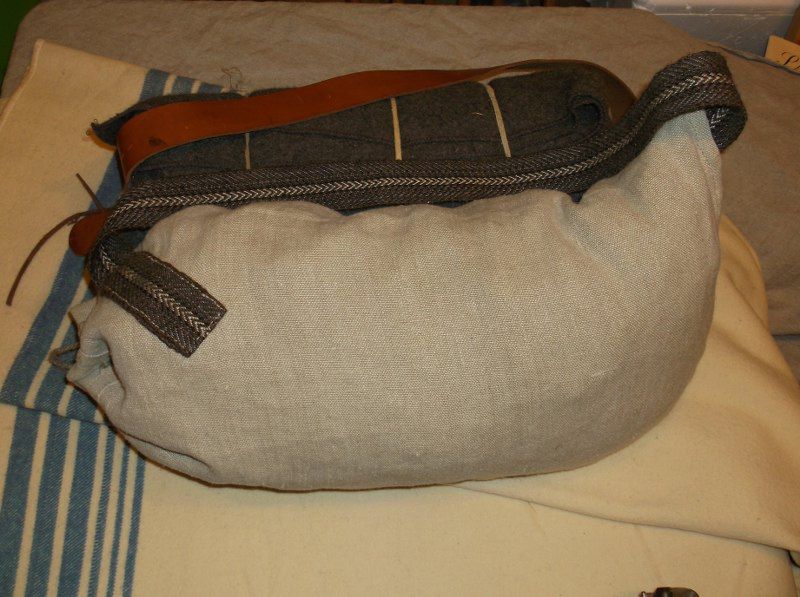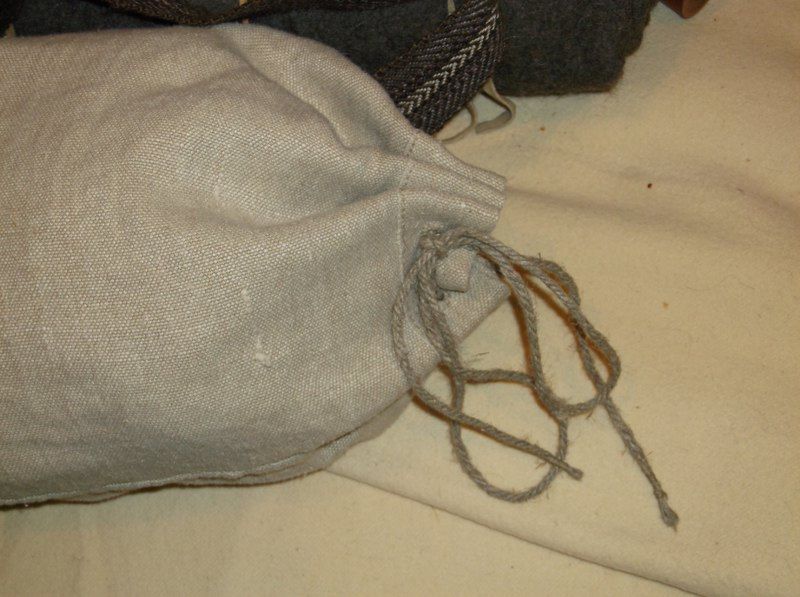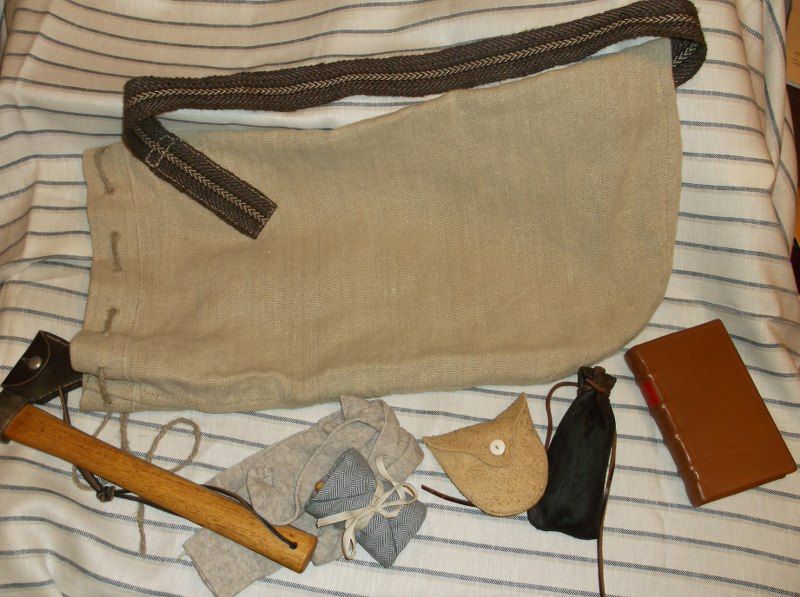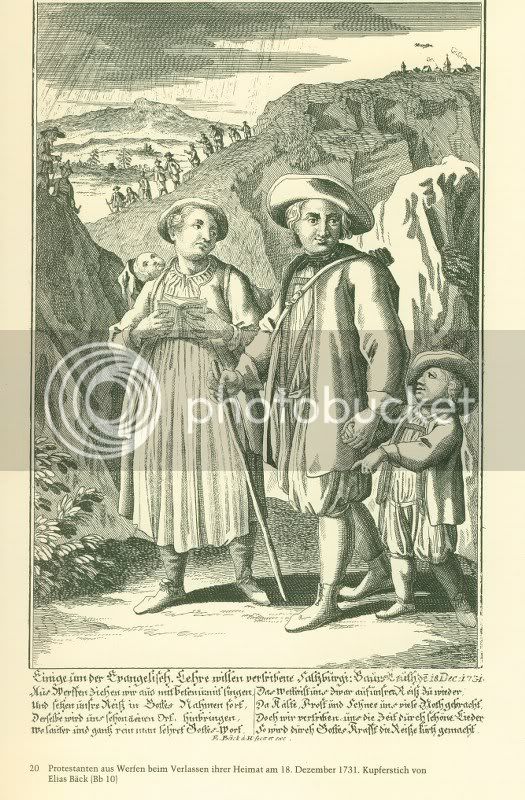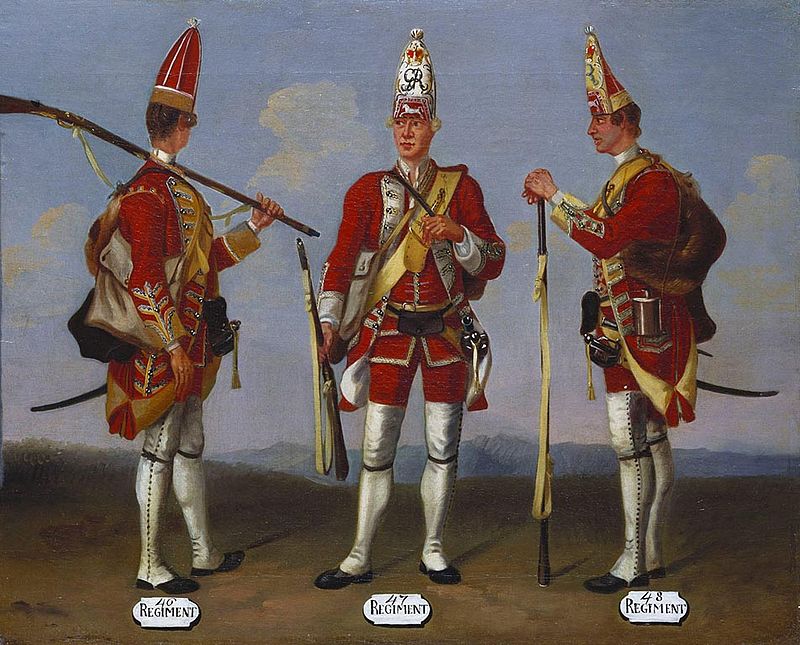Stophel
75 Cal.
- Joined
- Jul 8, 2005
- Messages
- 5,949
- Reaction score
- 858
Just finished my new snapsack. Made of hemp canvas, heavy, but not all that tightly woven. The strap is an old Wilde strap that I found in my box of old stuff. Sewn with flax linen thread, of course, and the drawstring is a piece of linen rope from Lithuania. I was very tempted to wax it, like I did with my earlier one, but I figured that beeswax was fairly expensive in the 18th century, and if it could be acquired at all, it probably wouldn't be wasted on something like this. A wool blanket should afford a reasonable measure of water repellency should I get caught out in the rain.
